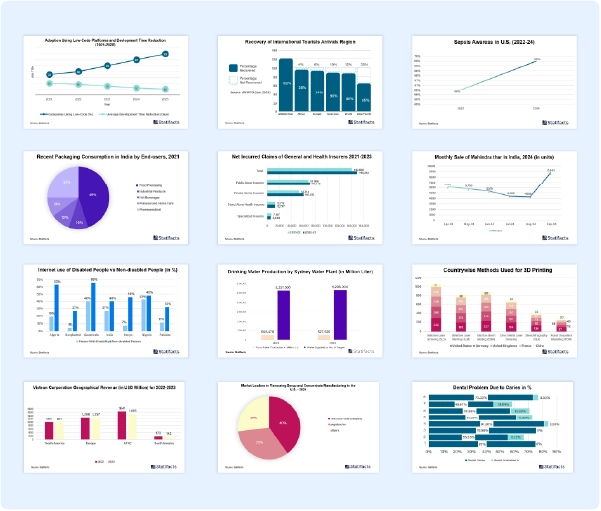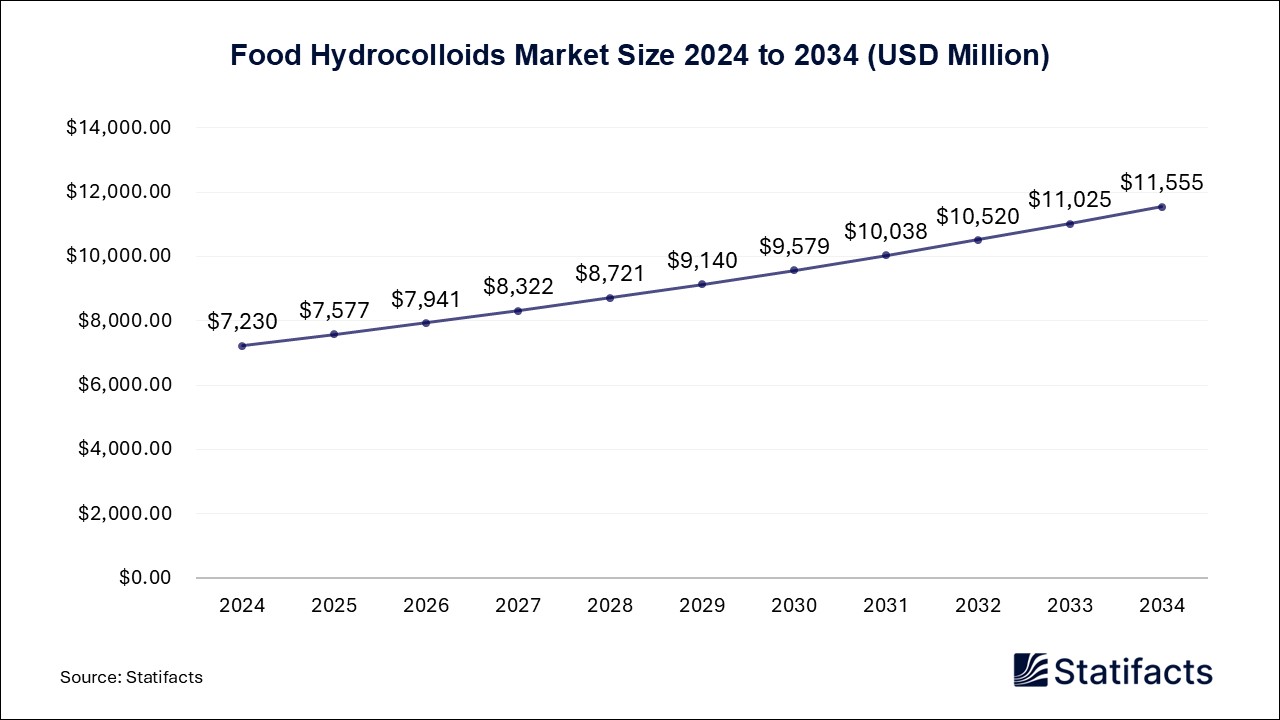

Our customers work more efficiently and benefit from
The U.S. downstream processing market size is calculated at USD 13,010 million in 2024 and is predicted to attain around USD 49,940 million by 2034, expanding at a CAGR of 14.4% from 2025 to 2034.
The U.S. downstream processing market is being driven by increasing demand for biopharmaceuticals, vaccines, and monoclonal antibodies, leading to rapid growth. Downstream processing is an important factor in the purification and recovery of biomolecules, which helps in obtaining the desired yield and purity of the final product in pharmaceutical and biotech applications. The demand for biopharmaceuticals has been further accelerated by increasing investments in biologics manufacturing and improvements in chromatography and filtration technologies. As continuous bioprocessing and single-use systems emerge, huge advances in technology become very likely.
The biopharmaceutical industry has witnessed phenomenal growth, with the emergence of a greater number of biologics, vaccines, and gene therapies now well on their way to enter the U.S. downstream processing market. For these products, adequate downstream processing techniques that guarantee their high purity and efficacy need to be established. Chronic disease incidences are rising including cancer incidence and incidence of autoimmune disorders accelerating demand for biopharmaceuticals, making downstream processing a critical component in drug development and manufacture.
For downstream processing, chromatography and filtration processes are key components enabling effective purification of biomolecules. High-performance liquid chromatography (HPLC) and membrane filtration marked some of the emerging technologies that enhanced process efficiency and scalability. Further increasing efficiency is the ongoing use and spread of automated and continuous chromatography systems, which increase the throughput for production and decrease operational costs. In addition, they are key in meeting the growing demand for biopharmaceuticals while adhering to stringent regulations.
The adoption of single-use systems is being pursued actively due to the many advantages of these systems in terms of cost reduction, flexibility, and control of contamination. Using single-use bioprocessing equipment can obviate multiple steps for cleaning and validation and thus provide an attractive fit for contract manufacturing organizations and biopharma companies. As the industry gravitates toward increasingly lean manufacturing and shortening turn-around times, the introduction of single-use technologies is anticipated to speed up market growth.
Even though the U.S. downstream processing market is growing quickly, it is still relatively new. It has had to face high operational costs on the one hand and stringent regulatory requirements on the other. These include significant investments in infrastructure and personnel for operating highly advanced purification techniques and continuous bioprocessing systems. Moreover, a continuous complication of the contract to amend its regulations has been forcing the FDA and EMA agencies to delay approval through lengthy negotiations that could cause delays in marketing access.
Artificial intelligence (AI) is changing the U.S. downstream processing market by streamlining process optimization, predictive analytics, and quality control. Whereas AI-driven machine-learning models are being deployed on extensive datasets to predict optimum purification conditions, thereby reducing batch failures and enhancing yield, AI-based systems have also implemented real-time monitoring mechanisms to capture process deviations and maintain adherence to regulatory requirements. AI is additionally revolutionizing chromatography and filtration processes by following molecular interactions and advising on optimum separation techniques, thus engendering speedier and cheaper biomanufacturing.
Growing investments in biopharmaceutical production and government support for biotech innovation make emerging economies. The industry is pushed towards a phased transition from fermentation batch processes to more continuous ones. Continuous downstream processing will improve efficiency, save time in production, and increase consistent product quality. With the so-called regulatory bodies encouraging this continuous manufacturing of biopharma systems, increased adoption of such systems into production routines should be expected. These advanced processes provide the ability to scale up processes, decrease costs, and improve the overall effectiveness of biopharmaceutical production. With the race on for new developments in purification, the key players will start and reinvest in research with the new technologies, leading to sustained growth in the U.S. downstream processing market.
Published by Laxmi Narayan
For any questions about this dataset or to discuss customization options, please write to us at sales@statifacts.com
| Stats ID: | 7949 |
| Format: | Databook |
| Published: | February 2025 |
| Delivery: | Immediate |
| Price | US$ 1550 |

| Stats ID: | 7949 |
| Format: | Databook |
| Published: | February 2025 |
| Delivery: | Immediate |
| Price | US$ 1550 |

You will receive an email from our Business Development Manager. Please be sure to check your SPAM/JUNK folder too.

Unlock unlimited access to all exclusive market research reports, empowering your business.
Get industry insights at the most affordable plan
Stay ahead of the competition with comprehensive, actionable intelligence at your fingertips!
Learn More Download
Download
